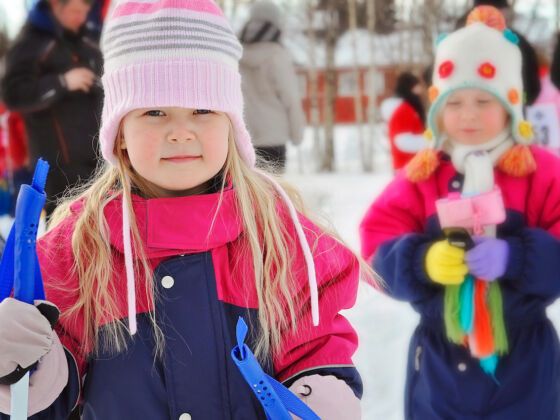IN THE UNITED STATES, I never met a second grader like Carla. Every morning at my Finnish public school, she spends just three hours in the classroom. And every afternoon she has three hours of free play at her afterschool club. At 4:00 PM, she walks home on her own.
When Carla unlocks the door to her apartment, her mom usually isn’t there to greet her. This has been the case since she was in first grade.
